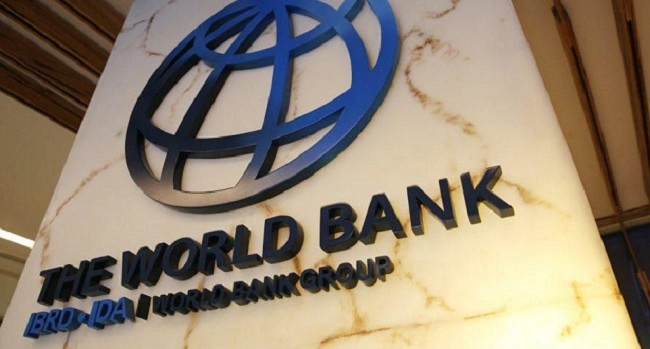Business
IMF warns Nigeria, others over ‘legacy of excessive debt’

The International Monetary Fund (IMF) has put Nigeria’s debt at 34 percent of the country’s Gross Domestic Product (GDP).
The Fund revealed this in a new data it released on Wednesday, adding that global debt had reached an all-time high of $184 trillion in nominal terms, the equivalent of 225 per cent of Gross Domestic Product in 2017.
The IMF also warned of what it called “a legacy of excessive debt”.
In the new data released on the Fund’s website, IMF put total debt in Nigeria at 34 per cent of the nominal GDP of $376bn as of December 2017, with private debt accounting for 36.6 per cent of the debt.
Listing Nigeria among the low-income developing countries, IMF said public debt continued to grow in 2017 and, in some cases, reached levels close to those seen when countries sought debt relief.
“With financial conditions tightening in many countries, which includes rising interest rates, prospects for bringing debt down remain uncertain. The high levels of corporate and government debt built up over years of easy global financial conditions constitute a potential fault line.
“So, as we close the first decade after the global financial crisis, the legacy of excessive debt still looms large”, the IMF said.
According to the IMF data, on average, the world’s debt now exceeds $86,000 in per capita terms, which is more than two and a half times the average income per-capita.
“The most indebted economies in the world are also the richer ones. The top three borrowers in the world — the United States, China, and Japan — account for more than half of global debt, exceeding their share of global output.
“The private sector’s debt has tripled since 1950. This makes it the driving force behind global debt. Another change since the global financial crisis has been the rise in private debt in emerging markets, led by China, overtaking advanced economies. At the other end of the spectrum, private debt has remained very low in low-income developing countries.”
The IMF said global public debt, on the other hand, had experienced a reversal of sorts.
Read also: FG’s domestic debt servicing hit N2.2trn in 9 months
It added, “After a steady decline up to the mid-1970s, public debt has gone up since, with advanced economies at the helm and, of late, followed by emerging and low-income developing countries.
“For 2017, the signals are mixed. Compared to the previous peak in 2009, the world is now more than 11 percentage points of GDP deeper in debt. Nonetheless, in 2017 the global debt ratio fell by close to 1½ per cent of GDP compared to a year earlier.”
It said the last time the world witnessed a similar decline was in 2010, although it proved short-lived.
“However, it is not yet clear whether this is a hiatus in an otherwise uninterrupted ascending trend or if countries have begun a longer process to shed more debt. New country data available later in 2019 will tell us more about the global debt picture,” the IMF said.
Join the conversation
Support Ripples Nigeria, hold up solutions journalism
Balanced, fearless journalism driven by data comes at huge financial costs.
As a media platform, we hold leadership accountable and will not trade the right to press freedom and free speech for a piece of cake.
If you like what we do, and are ready to uphold solutions journalism, kindly donate to the Ripples Nigeria cause.
Your support would help to ensure that citizens and institutions continue to have free access to credible and reliable information for societal development.
























